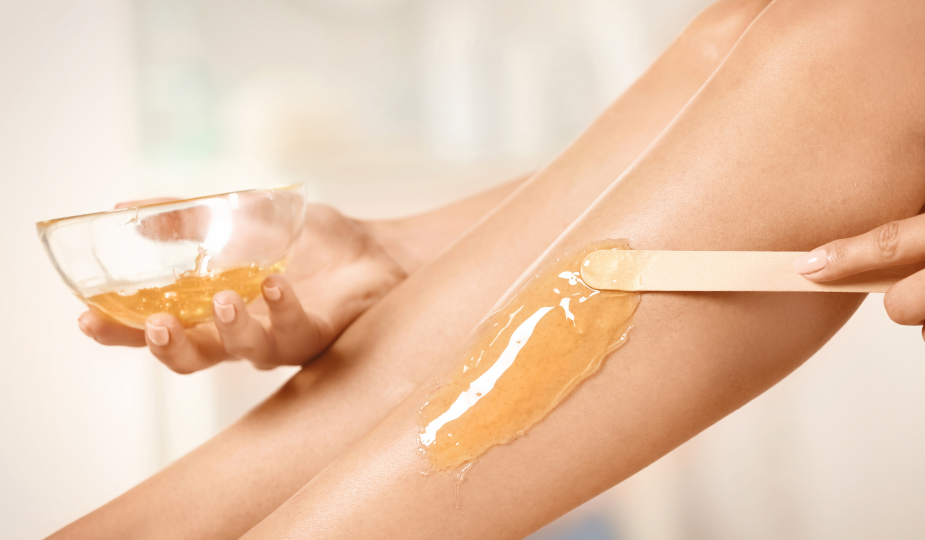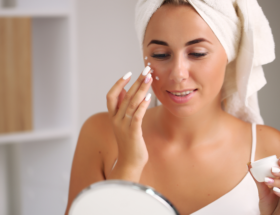Embarking on the journey of hair removal often involves navigating through a myriad of options, with sugaring and waxing being two popular choices that share common goals but differ in execution. Both methods aim to leave your skin smooth and hair-free, but understanding the distinctions can help you make an informed decision based on your preferences and skin sensitivity. Sugaring, a technique with roots dating back centuries, involves a natural paste made from sugar, water, and lemon juice. This gentle concoction adheres to the hair rather than the skin, minimizing discomfort and reducing the risk of irritation. On the other hand, waxing, a more widely recognized method, utilizes a heated wax that adheres to both the hair and the skin, removing them together during the application and swift removal of the wax strip.
As the world of hair removal continually evolves, it’s essential to explore the differences between sugaring and waxing to find the method that aligns with your desired results and comfort level. While both techniques offer effective hair removal, advancements in the beauty industry have introduced alternatives like laser hair removal. This innovative approach uses concentrated beams of light to target hair follicles, reducing hair growth over time. While sugaring and waxing provide temporary solutions, laser hair removal offers a more permanent option for those seeking long-lasting results. However, the focus of this article will mainly delve into sugaring and waxing and what sets them apart from each other. Understanding the nuances between these methods will empower you to make a choice that suits your lifestyle and preferences, ensuring smooth, hair-free skin that aligns with your individual needs.
SUGARING
Sugaring is an alternative to waxing, which uses a paste made from sugar, lemon, and water to remove hair from your body. Because it is an organic product, there is minimal risk of skin abrasions, such as scraping and irritation. If you’ve ever had your legs waxed (or thought about waxing them), you’re familiar with the sugaring method. Sugaring uses a combination of sugar, lemon juice, and water to remove unwanted hair on bare skin. Many prehistoric societies used this method, which was popular for centuries in Europe and the Middle East.
Sugaring has been around for centuries and has recently undergone a resurgence in popularity, thanks to celebrities such as Beyoncé and Kim Kardashian. Sugaring, also called sugaring or sugaring paste, is a hair removal technique that uses pure sugar and water to remove hair from sensitive areas of the body. It does not damage or burn the skin, unlike waxing, and gives a smoother, softer look to the skin. Unlike shaving, sugaring is not harsh on the skin, so it’s gentle enough for sensitive skin and sensitive skin conditions such as eczema. Sugaring is especially popular in countries where hair removal is not as common, such as Australia, New Zealand, and Mexico.
The art of sugaring has been around for centuries. This ancient hair removal method uses only pure cane sugar syrup. It has several advantages over waxing, such as less risk of infection, no sticky residue, and no irritation, while sugaring is also less expensive than waxing and takes less time. Sugaring can remove hair as short as 1⁄2 mm, making it the last hair removal method you ever need.
Sugaring uses granules of sugar that are rubbed onto a cloth and then applied to the skin. The cloth is rubbed against the skin to remove the unwanted hair. Sugaring uses a natural syrup as its remover and offers a more natural alternative to waxing, which can cause painful and prolonged skin irritation. It is gentler on the skin and doesn’t have the same wax buildup problem as waxing.
WAXING
The first is the applicator. Waxing uses strips of wax that are placed on a wax strip warmer and then applied to the body. It removes hair from the roots, and sugaring removes it from the follicle; the two treatments are pretty similar in some ways. Waxing, or epilation, is a common form of hair removal. It removes the hair from the root, so hair grows back finer and softer, eventually growing thinner and thinner until it eventually disappears. Shaving is an alternative to waxing, but it’s simply not as effective. And both methods have their risks. Waxing is easier, doesn’t irritate your skin, and is less expensive than shaving. Many women prefer waxing to shaving, and it’s a worthwhile skincare investment. Waxing is a popular cosmetic treatment that removes unwanted hair. It is one of the most commonly employed procedures in medical spas and salons, as it helps manage hair growth in areas including the legs, arms, and underarms. And while waxing is safe when performed by a trained technician, improper techniques or outdated tools can result in complications.
Sugaring and Waxing: WHICH IS BETTER
When it comes to getting rid of unwanted hair, there’s a method for everyone. Two popular choices among women are tweezing and waxing. While tweezing requires some patience, waxing needs a bit of tender loving care to avoid irritating the skin. Shaving is another go-to, with waxing strips offering a natural alternative. But here’s the catch, with both tweezing and waxing, the hair might make a comeback after a while. Now, for those looking for a longer-lasting solution, laser treatments come into play. There are clinics offering laser hair removal bournemouth as well as other places, which can prove to be a more permanent fix.
Besides the availability of cosmetic hair removal treatments, sugaring and waxing are still very popular in the beauty industry. Sugaring grabs hair from the root, while waxing says goodbye only to the visible hair. Sugaring could lead to ingrown hairs, but waxing might cause more irritation. The key difference? Sugaring removes hair from the root, preventing it from growing back, while waxing only takes care of the visible part.
To sum it up, waxing and sugaring are buddies in the hair removal game. Each has its pros and cons, and the choice between them boils down to personal preference. Waxing might bring a bit more irritation but is less likely to lead to ingrown hairs. Sugaring might flirt with ingrown hairs but tends to be gentler. In the end, it’s a personal call, and both methods do a solid job of bidding farewell to unwanted hair.










